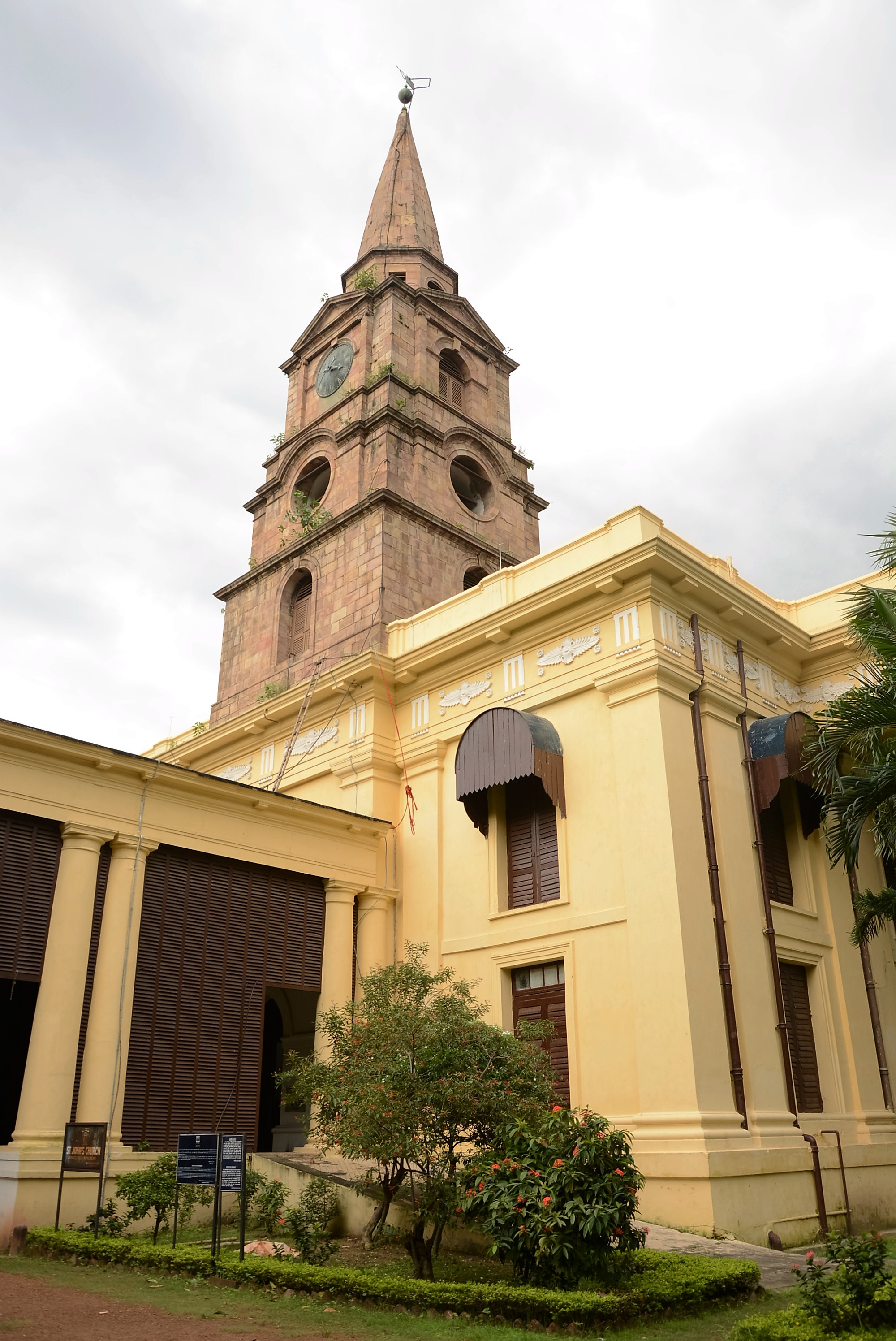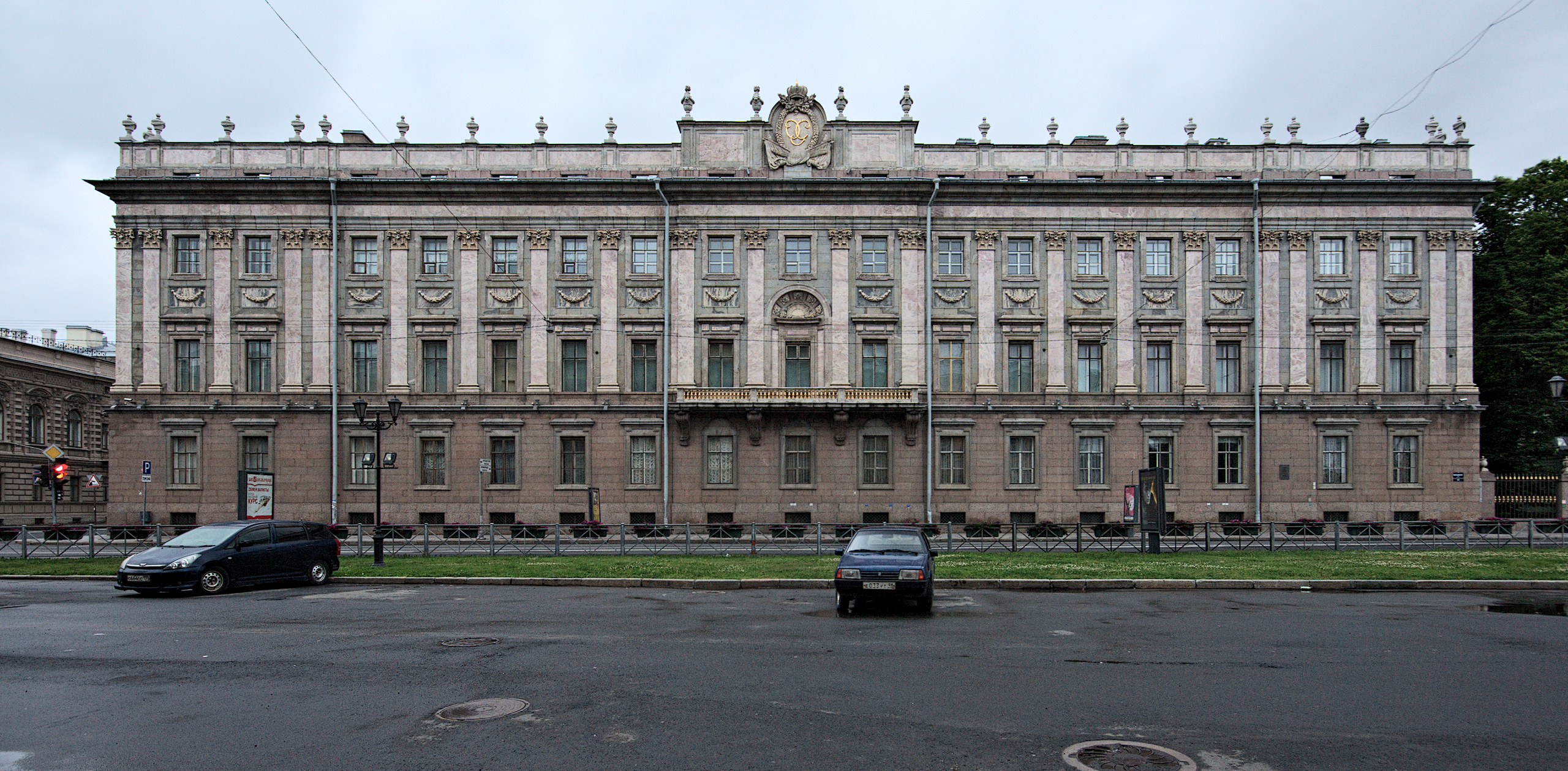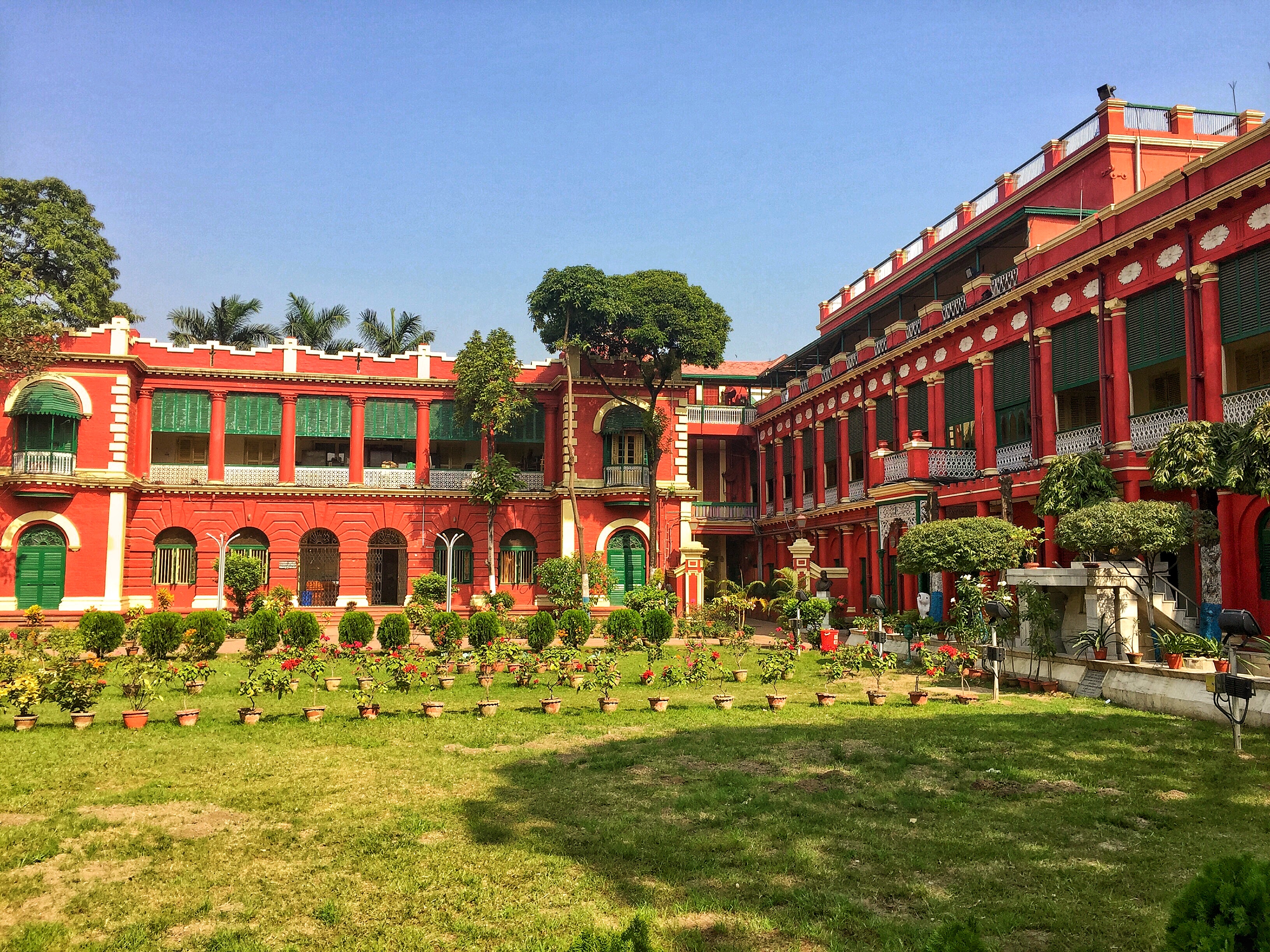St. John's Church stands as a profound architectural testament to the British colonial era in Kolkata, representing more than just a religious structure but a narrative of political and cultural transformation. Constructed in 1784, this Neoclassical monument emerged during a pivotal period when the East India Company was consolidating its presence in Bengal, symbolizing not just spiritual devotion but imperial ambition.
The church's foundation, laid by Warren Hastings himself, bore witness to the complex interactions between British administrators and local Indian nobility, exemplified by Maharaja Nabo Kishen Bahadur's land donation. This collaborative act underscored the nuanced relationships that characterized colonial Calcutta, where cultural exchange often intertwined with political maneuvering.
Architecturally, the church is a marvel of its time. Its massive stone structure, crafted from materials salvaged from medieval Gour's ruins, represents a unique architectural recycling that speaks to the layered historical narratives of the region. The 174-foot stone spire, crowned with a giant clock, dominated the Calcutta skyline, serving as both a functional timekeeper and a symbolic marker of British technological prowess.
The church's compound is a veritable museum of colonial history, housing memorials that tell intricate stories of individuals who shaped the subcontinent's destiny. Job Charnock's octagonal Moorish-style mausoleum anchors this historical landscape, commemorating the man considered Calcutta's founder. Each memorial represents a microcosm of the complex human experiences that defined British India.
James Achilles Kirkpatrick's memorial, positioned on the church's southern wall, particularly embodies the cultural intersections of the era. Known as the "White Mughal," Kirkpatrick's life epitomized the cultural hybridization that occasionally transcended rigid colonial boundaries, challenging simplistic narratives of imperial encounter.
The church's construction materials tell a story of their own. Stones transported from Gour's medieval ruins symbolize not just architectural recycling but a deliberate engagement with local historical landscapes. This practice reflected a colonial methodology of repurposing and reinterpreting indigenous architectural heritage to suit imperial narratives.
Religious spaces during this period were never purely spiritual; they were potent symbols of cultural authority. St. John's Church embodied this complex role, serving simultaneously as a place of Anglican worship, a political statement, and a cultural marker of British presence in a rapidly transforming Bengal.
The church's enduring legacy lies in its ability to encapsulate multiple historical narratives—architectural, political, cultural, and personal—within its stone walls. It remains a powerful reminder of the intricate, often contradictory processes of colonial encounter, cultural exchange, and the persistent human stories that transcend imperial boundaries.







